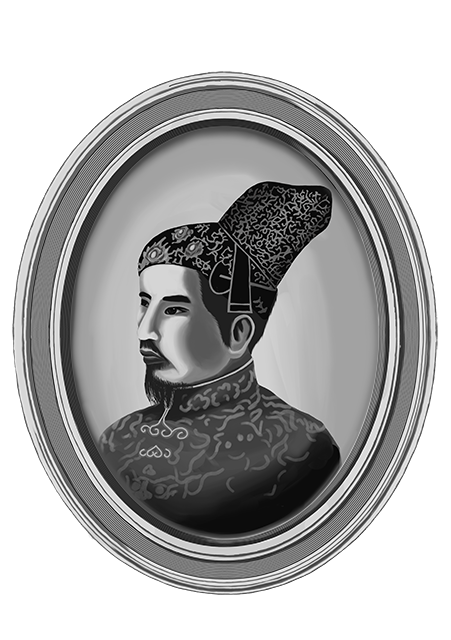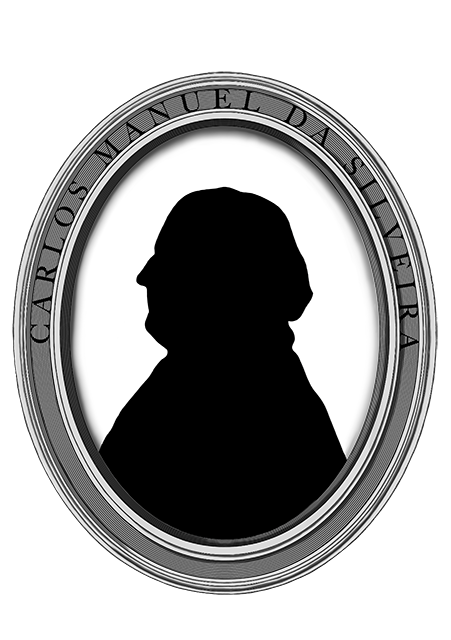
Above picture (2025) : a picture of the Portuguese Embassy in Thailand, located in Bangkok along the Chao Phraya River.

Above picture (2025): Entrance of Portuguese Embassy with Vhils grafiti on Charoenkrung30.
Let’s start with the oldest records we’ve found in this area, the Portuguese Embassy, our neighbor plot of land. Did you notice the wall out front housing a large mural by the Portuguese graffiti artist Vhils? Behind that wall is a plot of land extending to the Chao Phraya River. The first history record we found for this area was when around 1783-1785 Rama II let Prince Nguyễn Ánh take refuge in Siam (modern-day Thailand) on several occasions in the late 18th century after suffering defeats against the Tây Sơn. He received hospitality from the Siamese court and sought their military aid to reclaim his power and eventually founded the Nguyễn dynasty of Vietnam. He later became the first emperor of Vietnam to unify the country, reigning under the name Gia Long Emperor.
.
Above picture: Drawing portrait of Vietnamese King “Nguyen Anh”

Above picture :The first Consul of Portugal to Thailand was Carlos de Manuel Silveira.
After the fall of Ayutthaya, the Portuguese were the first Westerners to try to re-establish trade relations and Siam needed arms and munitions to protect its borders. To encourage such trade, Rama II offered the same land to Portugal to use as a trading port and consulate. Our neighbor was the first Western foreign consulate in the Rattanakosin era. The first Consul of Portugal to Thailand was Carlos de Manuel Silveira. Rama II favored him with a title equal to a Thai nobleman. He played his diplomatic role well, welcoming all newcomers to Siam, even the Protestant missionaries, whereas others viewed them with suspicion and even hate. The diplomatic palace standing here today was built in the mid 1860s blending Thai elements with Portuguese colonial style.

Above picture(1918) : View of the Portuguese Embassy Bangkok from across the river in Thonburi. In those days, the main gate of buildings faced the river as water transport was the main means of movement. With road transport, the side of buildings facing the river has become the rear.